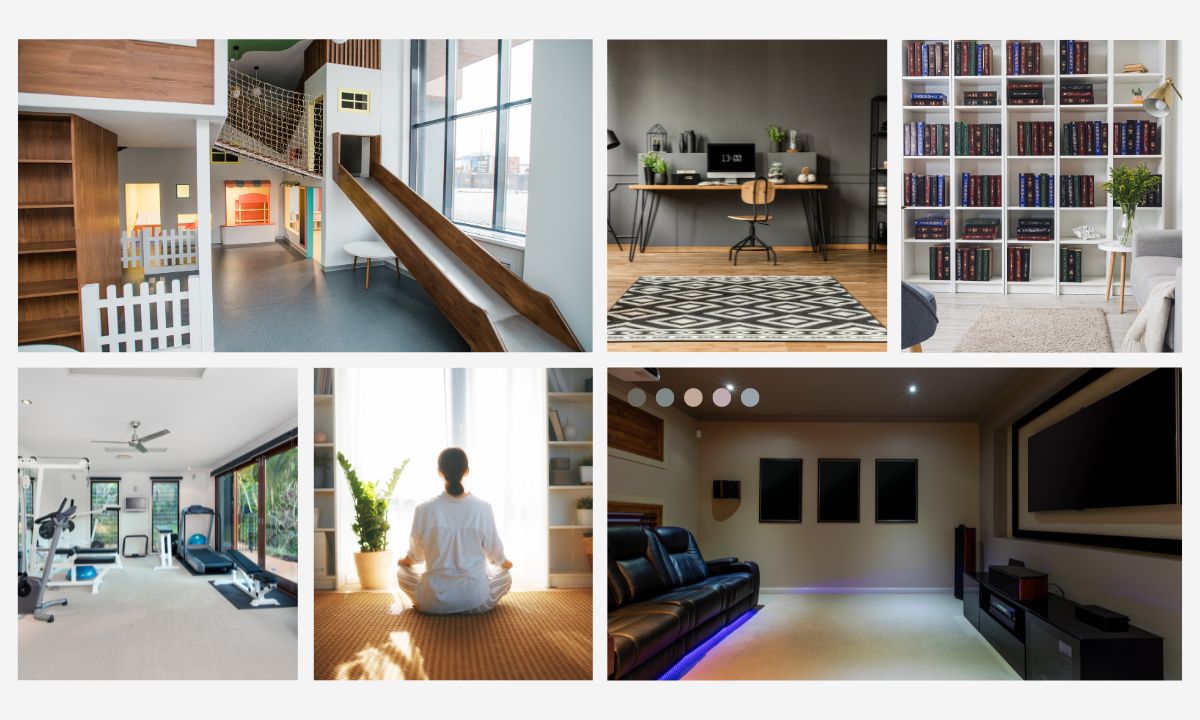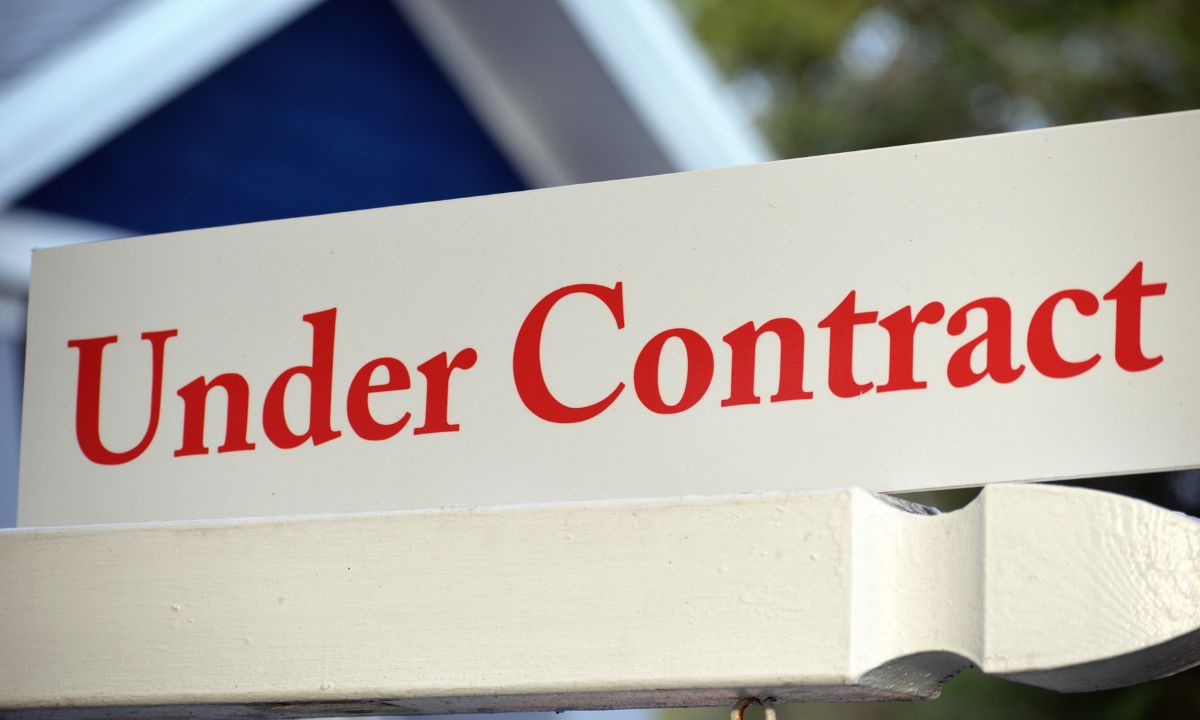 Selling your house can be both exciting and daunting, especially when you receive offers from potential buyers. It’s essential to evaluate each offer carefully to ensure you’re making the right decision. Here are three key factors to consider when evaluating an offer on your home:
Selling your house can be both exciting and daunting, especially when you receive offers from potential buyers. It’s essential to evaluate each offer carefully to ensure you’re making the right decision. Here are three key factors to consider when evaluating an offer on your home:
1. Price
The offered price for your home is not just a number but a critical determinant of your return on investment. While a higher offer may seem attractive at first glance, it’s crucial to compare it against recent market trends and the appraised value of your property. Sometimes, a lower but more solid offer may be preferable if it comes with fewer contingencies and a higher likelihood of closing smoothly. Additionally, consider the financial qualifications of the buyer. A buyer who is pre-approved for a mortgage or has demonstrated proof of funds is generally more likely to secure financing, reducing the risk of the deal falling through due to financial issues.
2. Speed
The timeline from offer acceptance to closing can vary significantly between buyers. Some may be ready to close within a few weeks, while others may need several months due to various reasons such as selling their current home or finalizing their financing. If you’re looking to sell quickly, prioritize offers that align with your desired timeline. However, be cautious of overly aggressive timelines that may indicate rushed financing or other potential risks. A balanced approach considers both your urgency to sell and the buyer’s ability to fulfill their commitments within a reasonable timeframe.
3. Certainty
Certainty refers to the likelihood that the sale will proceed smoothly without unexpected hurdles. Offers with fewer contingencies generally provide more certainty. Common contingencies include home inspection, appraisal, and the sale of the buyer’s current home. While these are standard practices designed to protect both parties, they can introduce delays and uncertainties in the transaction. Evaluate offers that minimize these contingencies while ensuring that your interests are still adequately protected. A well-qualified buyer with a solid financing plan and minimal contingencies is more likely to follow through on the purchase, giving you peace of mind during the closing process.
When evaluating offers on your house, take the time to carefully consider each factor: price, speed, and certainty. Assessing these elements holistically will help you make an informed decision that aligns with your financial goals and personal priorities. Remember, the “best” offer is not always the highest one on paper but the one that offers a balanced combination of price, favorable terms, and a high probability of closing successfully.
 Have you found yourself staring at that spare room wondering what to do with it? Whether it’s a small nook or a spacious area, there are endless possibilities to transform it into something that enhances your home life. Here are some inspiring ideas to help you make the most of that extra space:
Have you found yourself staring at that spare room wondering what to do with it? Whether it’s a small nook or a spacious area, there are endless possibilities to transform it into something that enhances your home life. Here are some inspiring ideas to help you make the most of that extra space: Navigating the real estate market can be challenging, especially with all the industry-specific terms that get tossed around. Two phrases you’re likely to encounter are “pending” and “under contract.” While they might seem similar at first glance, they represent different stages of the home-buying process. Let’s break down what each term means and how they impact your home-buying or selling journey.
Navigating the real estate market can be challenging, especially with all the industry-specific terms that get tossed around. Two phrases you’re likely to encounter are “pending” and “under contract.” While they might seem similar at first glance, they represent different stages of the home-buying process. Let’s break down what each term means and how they impact your home-buying or selling journey. Selling your home is a significant milestone, and you want to make sure it leaves a lasting impression on potential buyers. One of the most effective ways to achieve this is through the art of staging. Staging transforms your living space, highlighting its best features and making it irresistible to buyers. Here are some expert tips to help you master the art of staging and get your home sold faster.
Selling your home is a significant milestone, and you want to make sure it leaves a lasting impression on potential buyers. One of the most effective ways to achieve this is through the art of staging. Staging transforms your living space, highlighting its best features and making it irresistible to buyers. Here are some expert tips to help you master the art of staging and get your home sold faster. Buying your first home is an exciting milestone, but it can also be an overwhelming process, especially when it comes to understanding mortgages. For many first-time homebuyers, the world of mortgages can seem complex and filled with unfamiliar terminology. However, with a little knowledge and guidance, navigating the mortgage process can become much more manageable. In this guide, we’ll break down the basics of mortgages, explain key terms, explore different types of mortgages, and outline the application process for beginners.
Buying your first home is an exciting milestone, but it can also be an overwhelming process, especially when it comes to understanding mortgages. For many first-time homebuyers, the world of mortgages can seem complex and filled with unfamiliar terminology. However, with a little knowledge and guidance, navigating the mortgage process can become much more manageable. In this guide, we’ll break down the basics of mortgages, explain key terms, explore different types of mortgages, and outline the application process for beginners. Navigating the real estate market can be a complex journey, especially with the variety of terms and statuses you encounter during your search for the perfect home. One such term that often confuses homebuyers is “sale pending.” What does it mean when a property is listed as “sale pending,” and how should you approach these listings? Let’s break it down.
Navigating the real estate market can be a complex journey, especially with the variety of terms and statuses you encounter during your search for the perfect home. One such term that often confuses homebuyers is “sale pending.” What does it mean when a property is listed as “sale pending,” and how should you approach these listings? Let’s break it down.